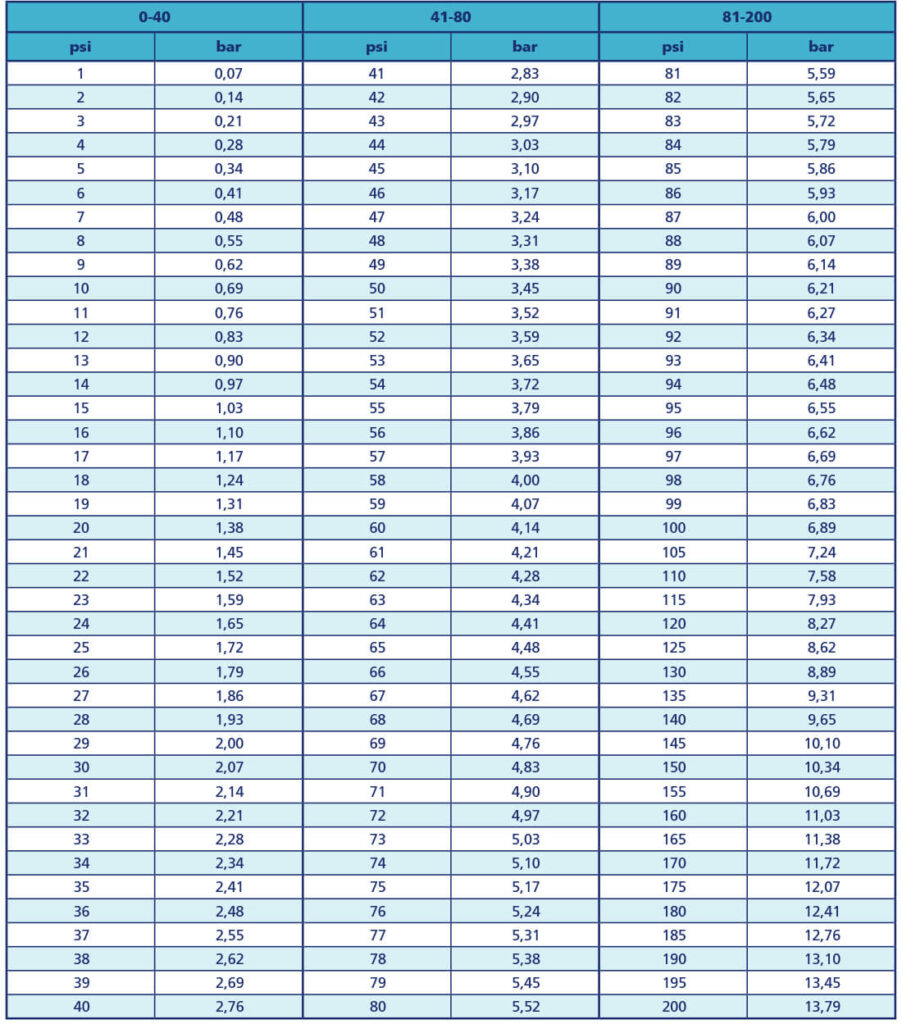
The resulting Q is the volumetric flow rate. Therefore, the formula for flow rate ( Q), also known as "discharge rate" expressed in terms of the flow area ( A) and its velocity ( v) is the so-called discharge equation: The volumetric flow rate of a stream of liquid or gas is equal to the flow velocity multiplied by its cross-sectional area. It should be noted that the Poiseuille formula for calculating a pipe's flow rate through pressure does not work so well for gases where additional information is required for an accurate computation. The graph illustrates a general case where that applies. Mineral oils, however, are somewhat compressible, so beware of using the formula for such cases.Īn example application is if one has manometers measuring the pressure of the fluid or gas at the start an the end of the section of piping that the flow rate is to be calculated for. Water is a good example of an incompressible fluid, and so is any hydraulic fluid. The fluid should be incompressible or roughly so.In general the pipe section should not be too wide or too short, otherwise turbulent flows occur. This can be established by its Reynolds number. The flow in question should be laminar.There are two main requirements for using the formula above: In the Poiseuille equation (p 1 - p 2) = Δp is the pressure difference between the ends of the pipe (pressure drop), μ is the dynamic viscosity of the fluid, L and R are the length and radius of the pipe segment in question, and π is the constant Pi ≈ 3.14159 to the fifth significant digit. To calculate flow rate from pressure the formula is expressed as such: Flow rate formula via pressure differenceįlow rate calculation using pressure is done via the Hagen–Poiseuille equation which describes the pressure drop due to the fluid viscosity. The second one is if we know the fluid velocity. The first one is if we know the pressure difference (pressure drop) between the two points for which we want to estimate the flow.

There are two main approaches to calculating the flow rate Q which is equivalent to the difference in volume divided by the difference in time (Δv / Δt). The output metrics are automatically adjusted for your convenience. Output units for mass flow rate include: kg/h, kg/mins, kg/s, tonnes/h, lb/h, lb/min, lb/s, tons/h.

Some of the output units include: m 3/h, m 3/min, m 3/s, l/h, l/min, l/s, ft 3/h, ft 3/min, ft 3/s, yd 3/h, yd 3/min, yd 3/s, gallons per hour, gallons per minute.

The output is in either imperial or metric units, depending on your selection. are accepted) in order to calculate the flow rate. In flow velocity mode one needs to know the flow velocity of the gas or fluid (feet per second, meters per second, km/h, etc.


 0 kommentar(er)
0 kommentar(er)
